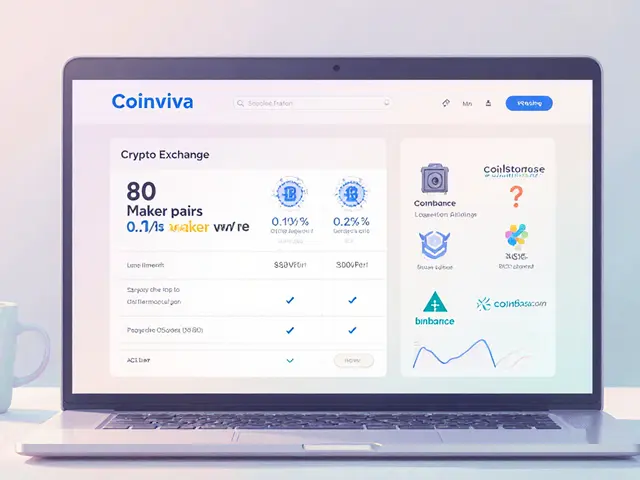Embedded Finance: How Crypto and Blockchain Power Real‑World Payments
When working with embedded finance, the integration of financial services directly into non‑financial platforms using digital infrastructure. Also known as embedded payments, it lets apps, e‑commerce sites, and IoT devices offer banking, lending, or crypto services without a traditional bank.
One of the biggest drivers behind Decentralized Finance (DeFi), open‑source protocols that replicate banking functions on blockchain is its ability to provide liquidity and credit instantly. When DeFi protocols are embedded in a checkout flow, merchants can accept crypto, offer instant loans, or automate yield‑generating payouts—all without contacting a legacy lender.
Stablecoins act as the bridge between volatile crypto markets and everyday transactions. A stablecoin, a digital asset pegged to a fiat currency or a basket of assets gives users the speed of blockchain while preserving purchasing power, making them essential for embedded finance solutions that need predictable pricing.
Tokenized assets expand the playground further. By turning real‑world items—like property, art, or even commodities—into tokenized assets, digital representations that can be bought, sold, or fractionally owned on chain, platforms can embed investment options directly into user experiences. Imagine a ride‑sharing app that lets drivers earn fractional shares of a warehouse they help finance.
All this innovation runs into the reality of crypto regulation, the set of laws and guidelines governing digital asset services. Compliance requirements—like VASP licensing, AML/KYC checks, and the Travel Rule—shape how quickly a new embedded finance product can launch. Companies that master the regulatory maze gain a competitive edge, while those that ignore it face fines or shutdowns.
Embedded finance also depends on robust infrastructure. Blockchain provides the immutable ledger, smart contracts automate agreements, and APIs connect the dots between user interfaces and back‑office systems. The synergy of these tools means a fintech startup can offer a full banking suite—checking, savings, credit—in a few weeks instead of years.
From a business perspective, embedded finance unlocks new revenue streams. Brands can earn transaction fees, interest spreads, or data‑driven insights by simply integrating a financial widget. Consumers benefit from frictionless experiences: no separate app sign‑ups, instant payouts, and transparent fees.
Below you’ll find a hand‑picked collection of articles that dive deeper into each of these pieces—regulatory updates in Nigeria, security reviews of emerging exchanges, guidebooks on tokenized real estate, and more. Whether you’re a developer, a product manager, or just curious about how crypto is reshaping everyday money, these resources will give you the practical knowledge to move forward.

Explore practical BaaS use cases, real‑world examples, benefits, challenges, and a provider comparison to help you embed banking services without a licence.
Jonathan Jennings Oct 20, 2025




